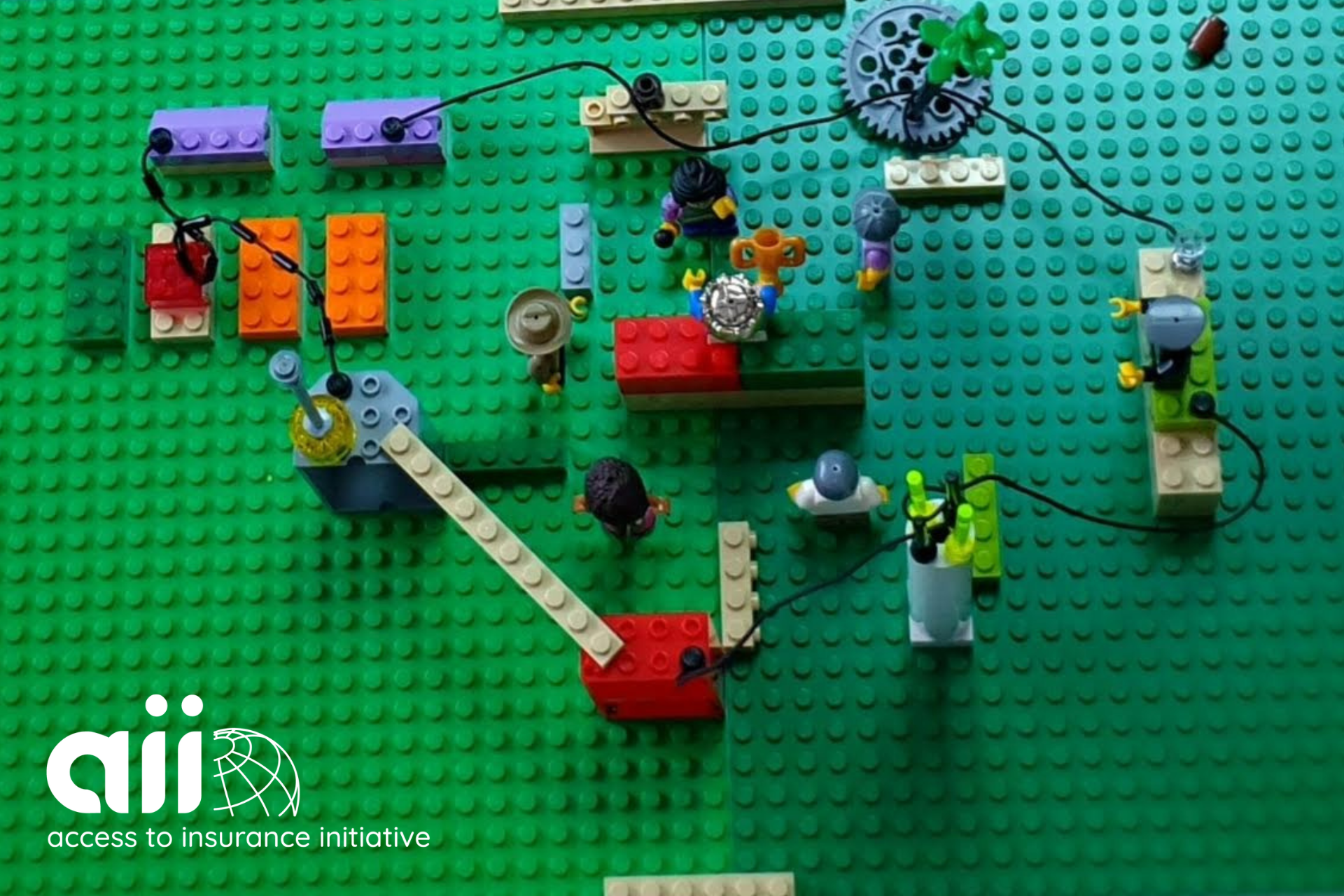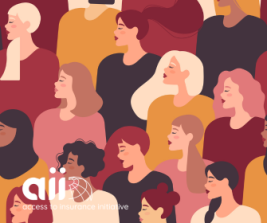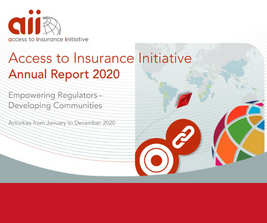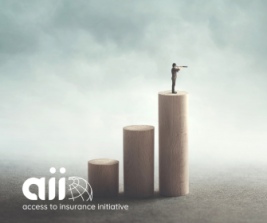Innovating for financial inclusion - the role of insurance supervisors
Innovating for financial inclusion - the role of insurance supervisors

To be able to provide well-designed insurance solutions that address the needs of the low-income and excluded customers in a manner that is customer friendly but also economically sustainable, calls for innovation - i.e. to do new things or to do things differently. Innovative efforts such as offering insurance solutions via mobile phones or products such as index insurance solutions or hospital cash products are examples of innovations that have made insurance more inclusive, especially in emerging markets.
How do supervisors deal with innovative ideas for inclusive insurance?
As insurers and practitioners introduce and test new products, new business models or newer ways to mitigate risks faced by the low-income sections, it demands more attention from the insurance supervisors.
At present, some of the approaches that supervisors take when dealing with innovative ideas and models are wait and watch, test and learn and regulatory. While all these approaches have shown to be of value in enabling insurance supervisors better understand innovative models and products and assists them to see how these ideas work in practice and then adjust supervisory methods accordingly. However, all these methods have the insurance supervisor as an entity that is removed from the innovation process itself i.e. they are looking in from the outside.
A2ii’s innovation lab and insurance supervisors
A2ii’s Inclusive Insurance Innovation Lab (iii-lab) changes this paradigm. The iii-lab makes the insurance supervisor a key stakeholder and participant of the customer centric innovation process. In each of its three iterations, A2ii has organised the lab in four different countries, with their insurance supervisors being the anchors and convenors of the multi-stakeholder teams in each of the countries. The insurance supervisors identify the other members of the teams from insurance associations, brokers association, relevant ministries and development organisations, customer side representatives and other similar entities. Together the team identifies the problem to address and follows an innovation process based on a social lab methodology [1].
How does being a part of this innovation lab help the insurance supervisors? Our experience across the three iii-lab cohorts has demonstrated the following:
a. Insurance supervisors get an opportunity to engage with the end customers to better understand the challenges they are facing. These meetings and discussions have shown to offer deep insights to the supervisors, sensitising them to the real and practical concerns of the customers and sharpening their focus when looking at product and process ideas within the lab.
'It’s the first time that we as the insurance regulators are going to the field to find out what final consumers are really thinking'.
b. Engagement with other stakeholders and market players, as partners on the same mission gave supervisors an honest insight into perceptions of other stakeholders of their role. This has helped them understand that to be more effective in encouraging innovation and customer centricity, the supervisor needs to be more accessible and open-minded when engaging with industry players, customers and other relevant entities.
'Having to put a stakeholder panel together was a mind changing process. I remember when I called some of them and they asked me: why do you want me to join you? It has always been you and us!' --iii-lab 1 participant
c. Exposure to the innovation process builds supervisor’s receptiveness to innovative processes and ideas. They become aware of different stages ideas need to go through, they begin to ask targeted and informed questions to ensure that the solutions being developed are customer centric, minding the benefits and risks that may arise from such solutions.
'We, the regulators normally listen but we are not the ones building something together; I have never been in an activity like this before; the impact is different'. -iii-lab 3 participant
A2ii has seen that being exposed to the innovation process, engaging with the end customers and working together with other stakeholders in an iterative, innovative process builds new perspectives amongst supervisors. This has been confirmed by other organisations involved in inclusive insurance development; the lab alum supervisors have carried the lab values into their full-time roles even after the lab process has ended.
Regulators seem to have shifted their attitudes/knowledge in countries where the lab has been. They are including other partners instead of just the regulators.
-Michael McCord, managing director at the MicroInsurance Centre at Milliman
The inclusive insurance innovation labs
Since 2017, the A2ii, supported by Reos Partners, has brought together three cohorts of 12 multi-stakeholder country teams with close to 150 participants from around the world in a one-year programme. The teams, led by the insurance supervisors, engaged in continuous exchange and learning, leading to innovative solutions for increasing access to insurance and the resilience of the most vulnerable segments in their societies.
Participating countries so far are Albania, Ghana, Kenya, Mongolia (iii-lab 1, 2017-2018); Argentina, India, Morocco, Rwanda (iii-lab 2, 2020-2021); Costa Rica, Grenada, Zambia and Zimbabwe (iii-lab 3, 2021-2022).
[1] The social lab methodology involves gathering a diverse set of people to identify insurance-related problems in their social system, gather relevant insights and collaborate to develop and test innovative solutions. It includes elements of other innovation methodologies like Design Thinking and its elements like user research, designing solution prototypes, testing and redefinition among others.
Share this article
Also in Blog




Authors
Posts by Author
Topics Cloud
Subscribe to our list
Receive notifications when we publish new blog entries
Subscribe here


